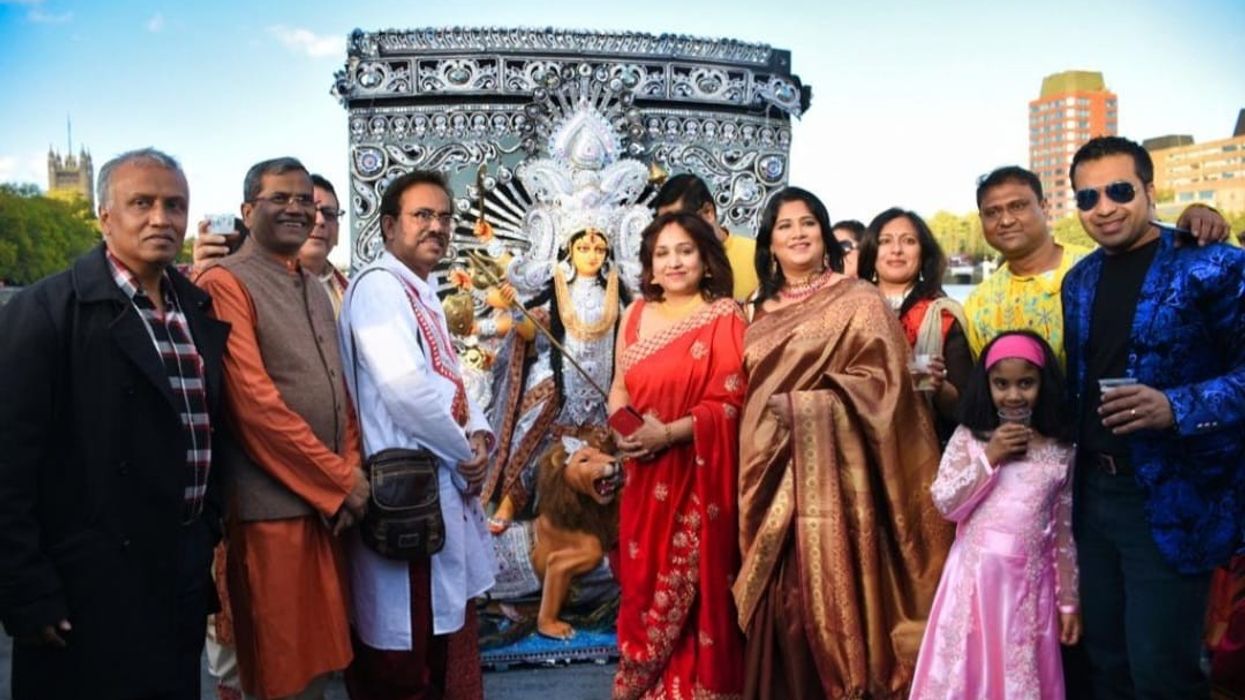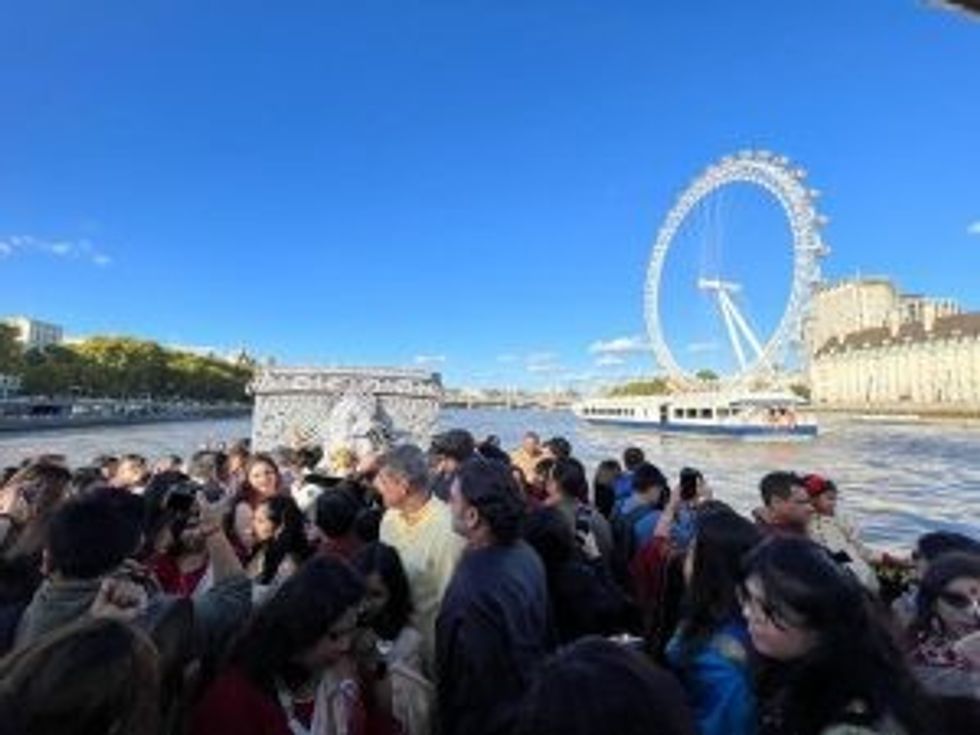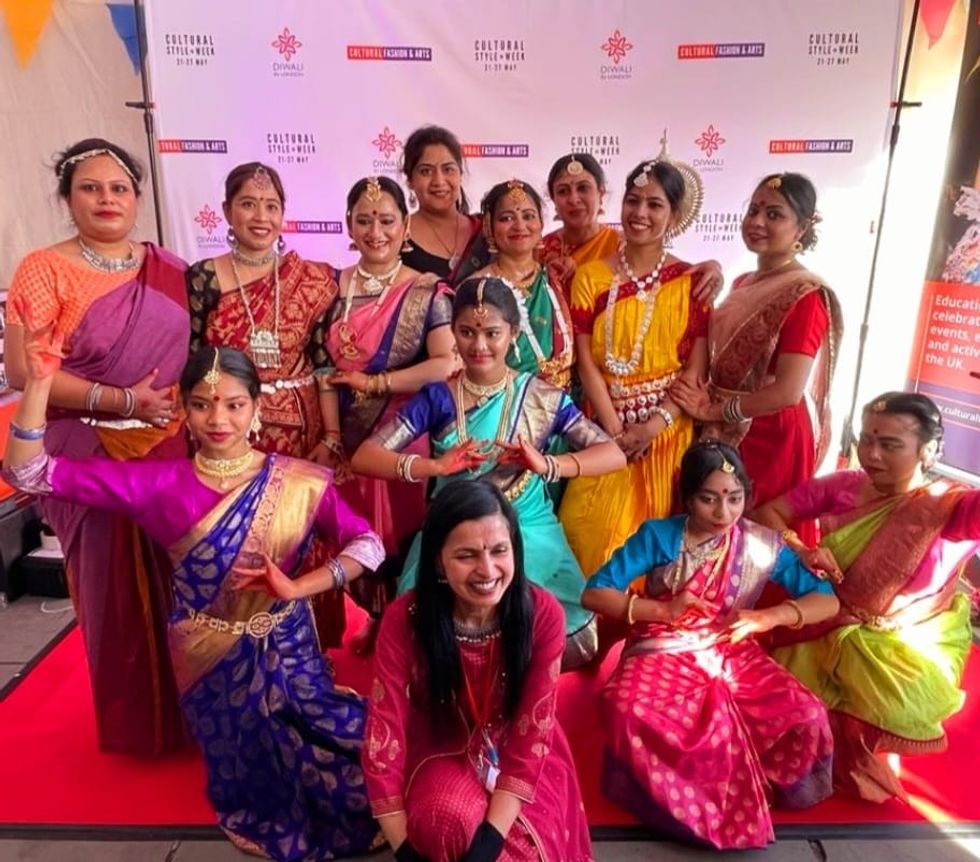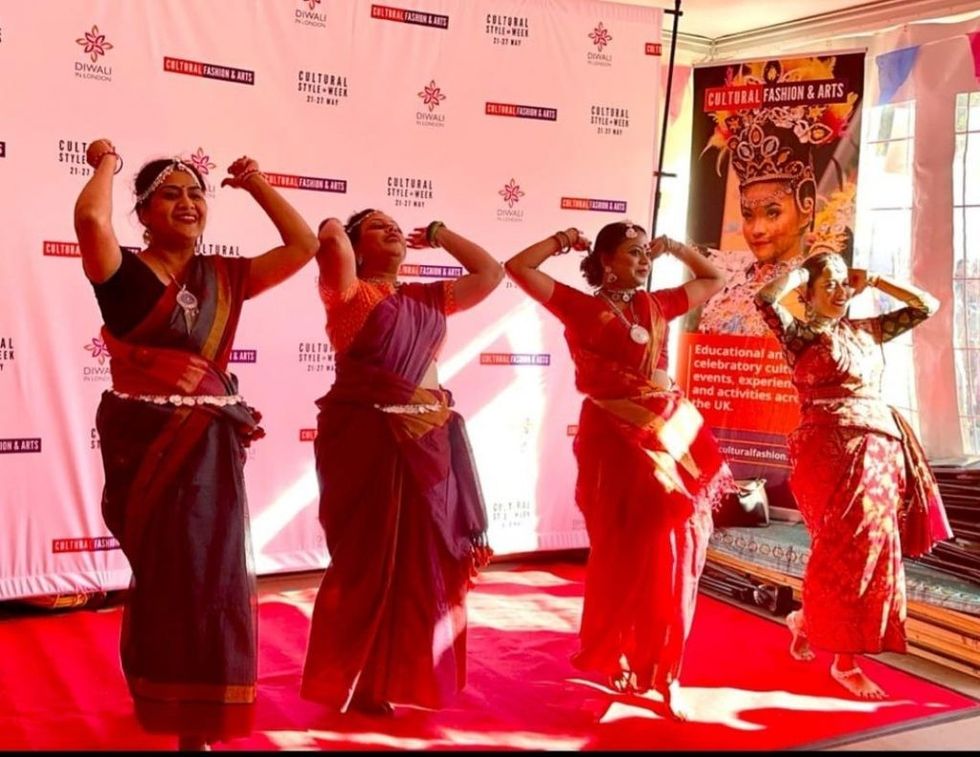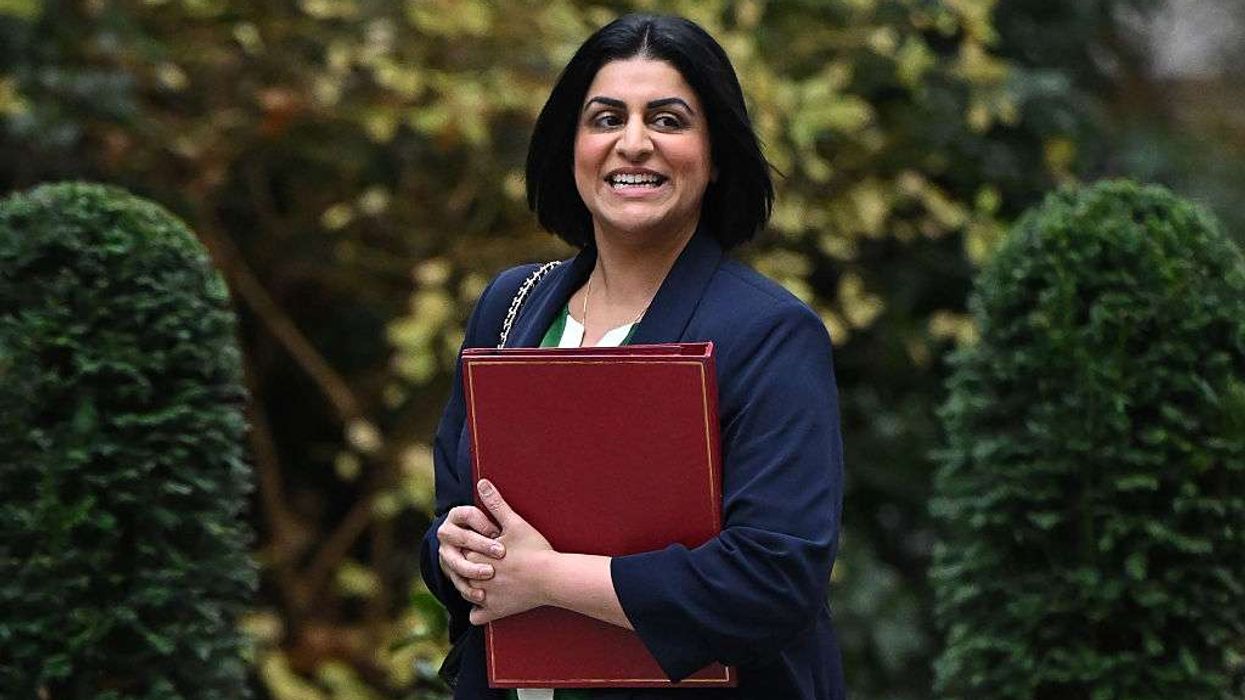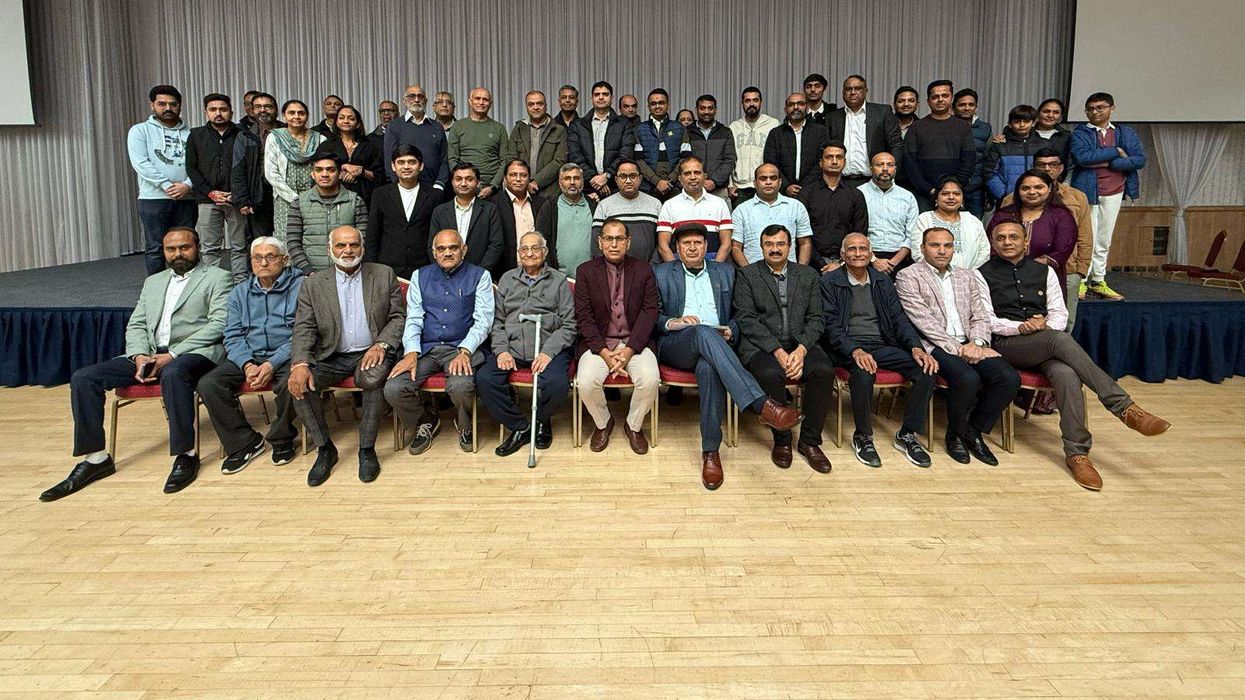The Bengali community celebrated Durga puja with a parade on the Thames and participated in the annual Diwali event of the Mayor of London.
The Durga parade saw Golden Sunrise and an accompanying yacht carried the idol of Camden puja and Durga cutouts of Midlands Bengali Association, Birmingham and Bengali Sanskrit Club of Peterborough, along with cutouts of Bhowanipur 75 Palli and Bagbazar Sarbojanin pujas of Kolkata and a large flex of the landmark pandal of Sreebhumi Sporting Club, a statement said.
The Heritage Bengal Global (HBG), a not-for-profit organisation made up of the Bengali diaspora, organised the Durga Puja parade to coincide with events in Kolkata as part of its initiative to create a worldwide forum to bring together Durga Pujas organised by Bengali expatriates from Norway to South Africa, New Zealand to Brazil covering all the continents across the globe with three dozen countries.
Over 200 people participated in the parade in London on the boat which sailed from Millbank Pier next to Westminster to London Eye and back. The Deputy High Commissioner of India in London, Sujit Ghosh along with representatives of Royal Army and Royal Airforce were present at the event along with other dignitaries.
Kumartuli artisan, Kaushik Ghosh, flew down from Kolkata to help with the decors of the boats and Debashis Ghosh from Kolkata helped in facilitating logistics and media coverage, the statement added.
At the annual Diwali celebration at Trafalgar Square, the HBG members participated in the cultural show entailed as ‘Adivasi’ or tribal cultural programme commemorating India’s first President from the tribal community, Droupadi Murmu. Priyanka Burman Mitra, Reshma Laskar, Tamalika Basu, Sharmista Pandit, Jessica Sidratul, Iqra Jannatul and Priyonti Chowdhury have participated.
During the event, Debasree Bandyopadhyay, Sreeparna Debsarkar, Prapti Debsarkar, Nirlipta Padhee, Shemanti presented a Durga themed dance performance.
Dr Subarno Bose, founder of IIHM Kolkata and CEO of Aditya Group, Anirban Aditya, ETOS Chairman Tushar Das Ghose were present at the event and were major sponsors of the event along with Satyam Ray Chaudhuri of Sister Nivedita University and Suraji Nandi of Flora Spice.
HDFC UK, Colors of India, iLEAD and Aidias Consulting Group have also supported the event. The Kolkata based Pointers Business Forum, a business group of the ex-students of the South Point School was the Goodwill Partner.
